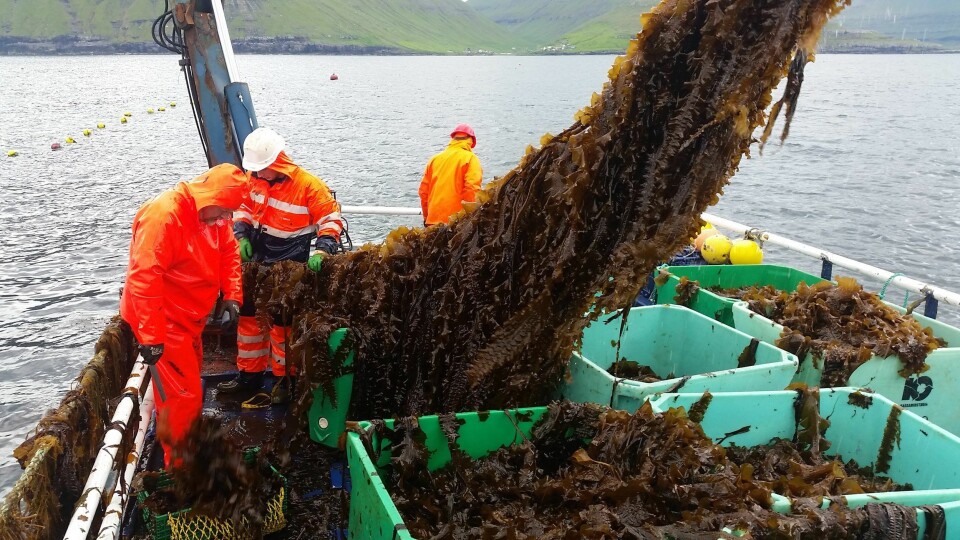
Scottish seaweed industry has potential to grow
Scottish Government ministers have welcomed a new report outlining future options for the Scottish seaweed industry.
The review follows a change in the law to prohibit the wild harvest of certain kelp species inhibiting the growth or recovery of the plant. This prompted ministers to gather evidence on the implications of seaweed harvesting by any method and consider the sustainable development of the seaweed sector.
The review found the sector delivers an estimated Gross Value Added (GVA) of £510,000 and employs around 60 people, with small, artisan style businesses relying on the gathering of wild seaweed leading the domestic sector.
However, projections estimate this figure could increase substantially by 2040, depending on whether commercial-sector seaweed cultivation develops.
Two scenarios
The final piece of research commissioned for the review, ‘Understanding the potential scale for seaweed-based industries in Scotland’, looked at two possible scenarios for the future: with and without commercial seaweed farming.
Under a “Business as Usual” scenario, in which the sector continues to rely on wild harvesting, researchers estimate that harvesting would increase from the current 8-15,000 tonnes a year to 25,000 tonnes by 2040.
This scenario is projected to generate a total turnover of £22.1 million per year by 2040, comprising £15.4m for businesses who produce seaweed-based products and £3.3m for their supply chain, as well as £2.9m for seaweed production and £500,000 for their supply chain. This contributes £11.5m in GVA per year to the economy by 2040 and a further £1.9m once induced impacts - spend by the people employed directly and indirectly on local goods and services – are included.
Commercial cultivation
A “Higher Growth” scenario envisages the development of commercial-scale seaweed cultivation, providing additional raw material and enabling a higher growth of the component industry sectors. Under this scenario, a biorefinery is developed in Scotland utilising cultivated seaweed.
The Higher Growth scenario is projected to generate a total turnover of £71.2 million per year by 2040, comprising £52.6m for businesses who produce seaweed-based products and £10.5m for their supply chain, as well as £3.5m for seaweed production (wild harvesting) and £590,000 for their supply chain, and £2.8m for businesses who are cultivating seaweed and £1.2m for their supply chain.
This contributes £38.5m per year in GVA to the economy by 2040 and a further £6.6m per year in GVA once induced impacts are included. Overall, this would mean total GVA of £45.1m by 2040.
This activity is estimated to support 400 full-time equivalent jobs by 2040 and a further 90 FTE in the wider economy.

Uses of the sea
In a press release, the Scottish Government said the review highlights the need for comprehensive policy and robust legislation around planning and licensing of the sector to deliver environmentally sustainable development.
Rural Affairs Secretary Mairi Gougeon said: “There is a long history of harvesting seaweed in Scotland and growing interest in the sector supports our decision to include seaweed as part of the first stage of the aquaculture review by Professor [Russel] Griggs which was published earlier this month.
“Other pieces of work, including the new seafood strategy to be published later this year, underline our commitment to ensure that existing and emerging seaweed activities fit into our broader framework for managing multiple uses of the sea, including fishing and renewable energy.”























































